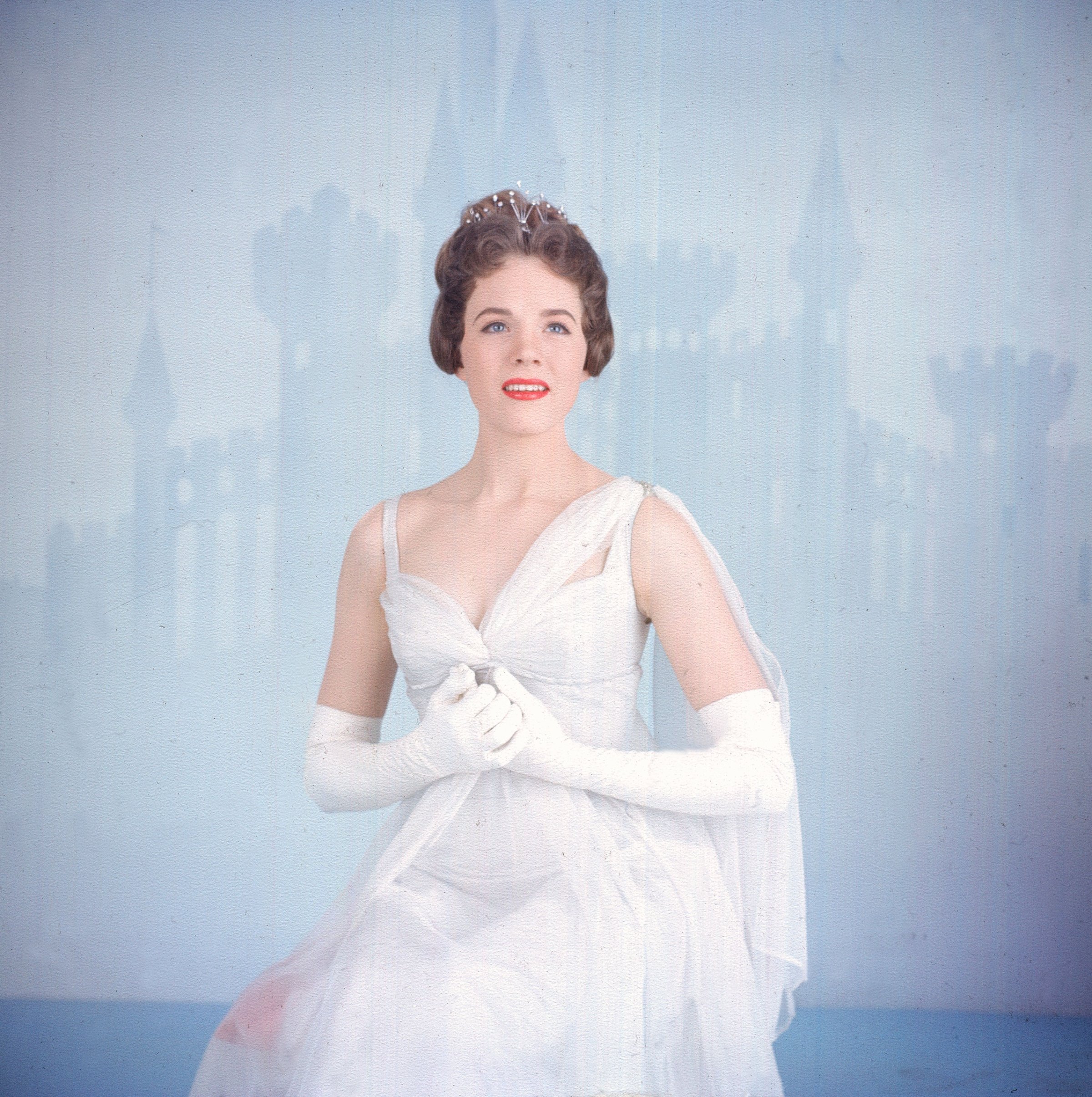
Kenneth Branagh’s adaptation of Cinderella, which hits theaters on Friday, has a big glass slipper—or several, really—to fill. The movie is the umpteenth in more than a century’s worth of film renditions of the classic fairy tale, some of them forgettable but others, like Disney’s 1950 animation, simply timeless.
Those who were tuned in to CBS on the evening of March 31, 1957, might find it difficult to refrain from comparing Branagh’s star, Lily James, to her most famous predecessor (at least in three dimensions): Julie Andrews. Andrews played the title role in Rodgers and Hammerstein’s TV adaptation, the only musical the pair ever wrote for television.
Seen by more than 100 million people that night—mostly in black and white but in color for the small percentage of viewers with color receivers—Rodgers and Hammerstein’s Cinderella served as a vehicle for Andrews, who was just coming off a stint on Broadway in My Fair Lady. Though TV musicals were common during the 1950s, they were mostly adapted from stage musicals. Cinderella, on the contrary, skipped the stage and went straight to TV.
The 90-minute program, LIFE wrote, told “the story of a slightly sophisticated, uncindery Cinderella whose evil stepfolk are clowns and whose magical life is filled with music.” A review in TIME praised Andrews’ performance (she “fitted the heroine’s role as if it were a glass slipper”) and Rodgers’ music (“the hero of the evening”) but panned Hammerstein’s script (“which kept shifting uneasily between the sentimental and the sophisticated, and making each seem lamer than the other”).
Andrews received an Emmy nomination for her performance and continued to star onstage and on the small screen until 1964’s Mary Poppins launched her film career. Though her turn in Cinderella earned her an Emmy nomination, she seemed to hold a softer spot in her memory for Eliza Dolittle. For all Cinderella’s continued appeal, My Fair Lady, she said in an interview, is “the best Cinderella story, really.”
Liz Ronk, who edited this gallery, is the Photo Editor for LIFE.com. Follow her on Twitter at @LizabethRonk.
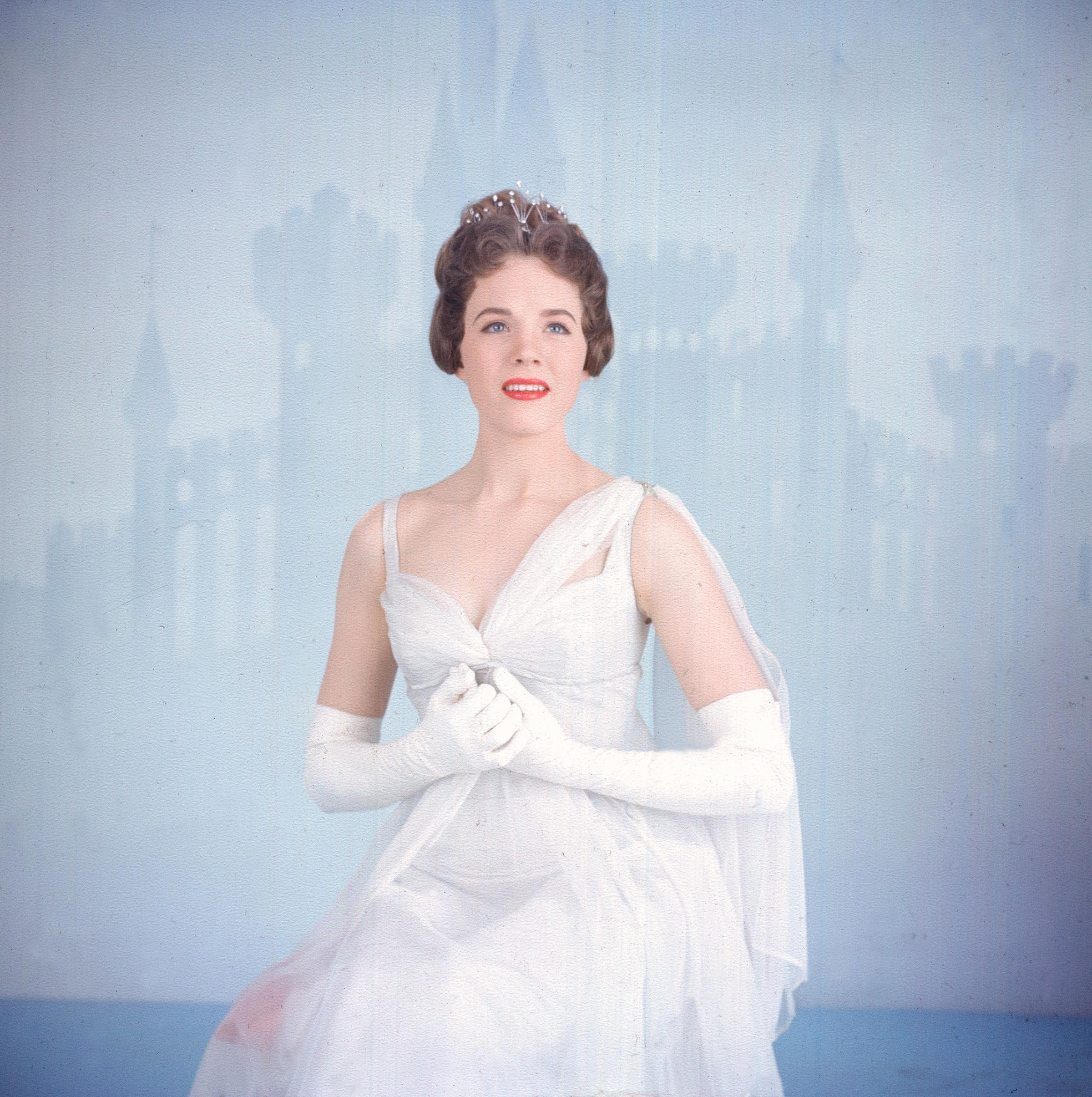
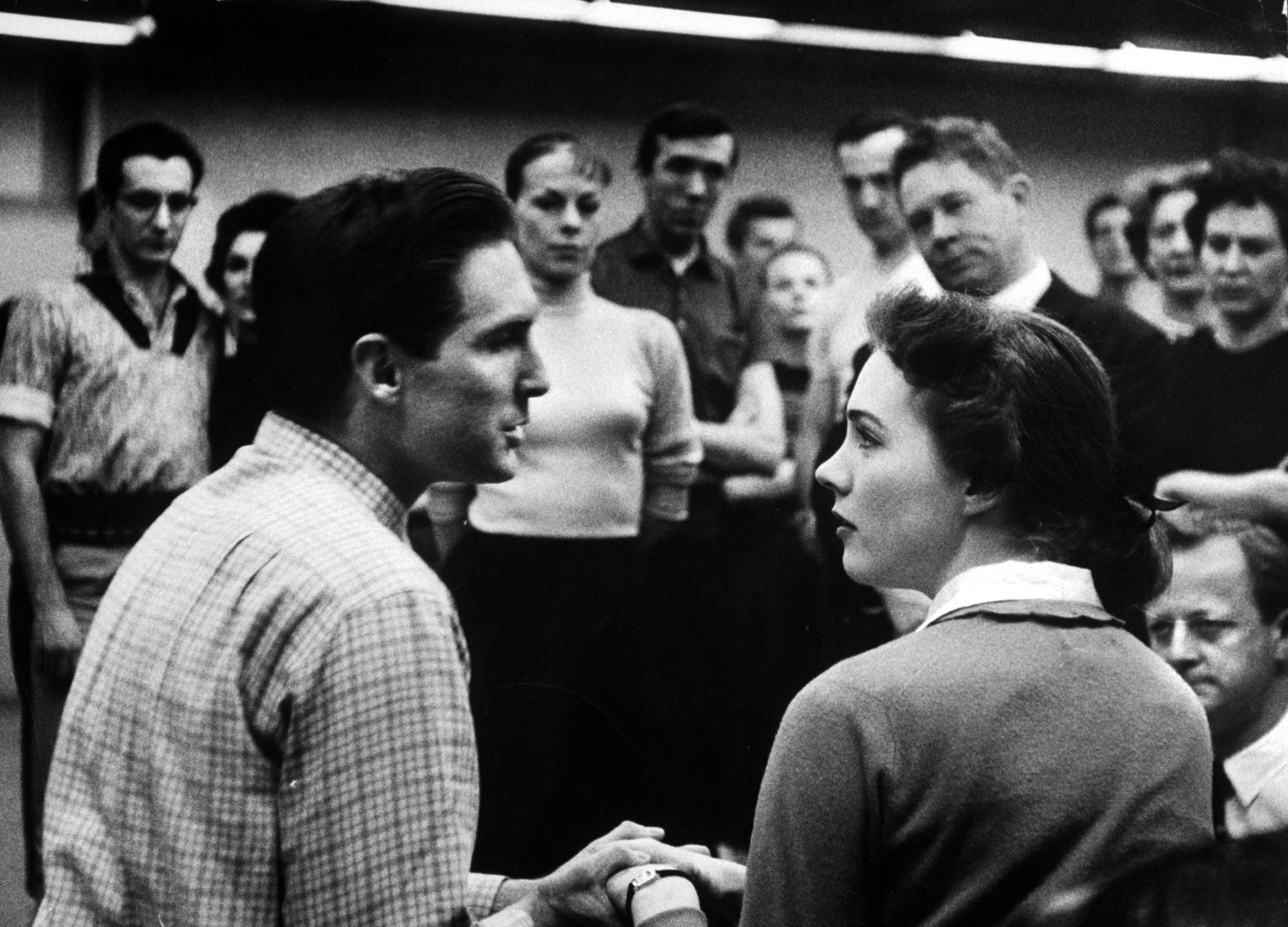
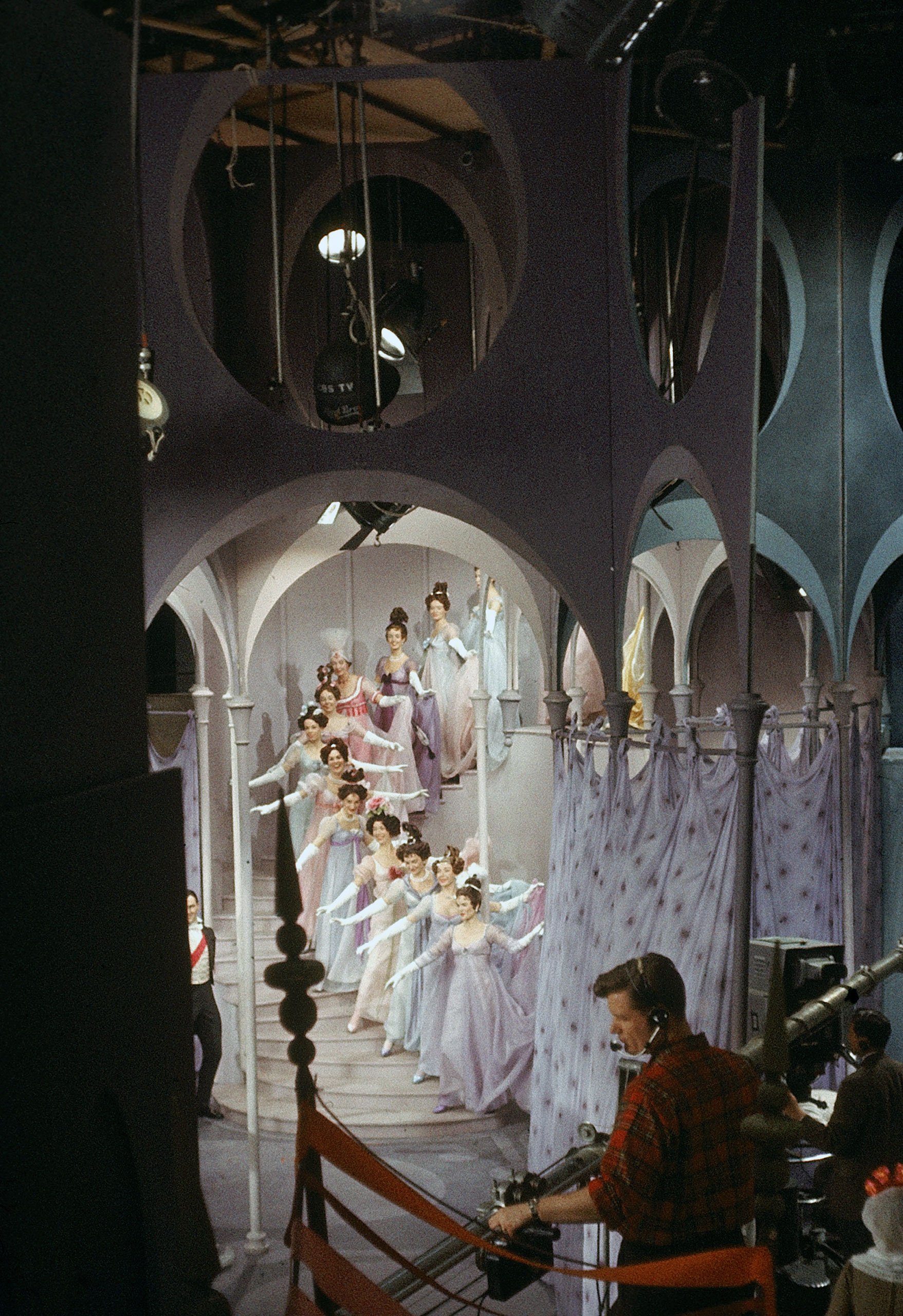
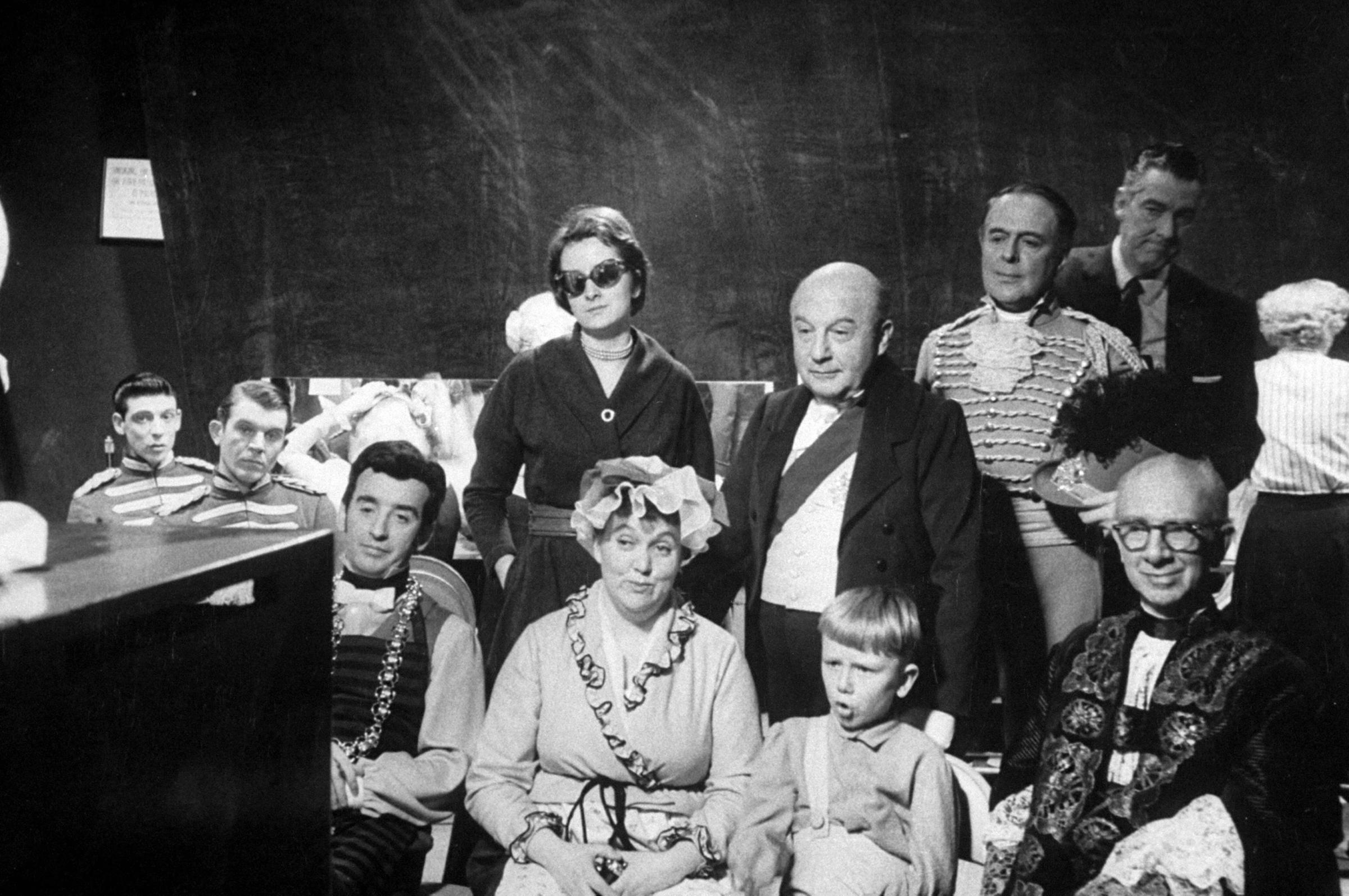


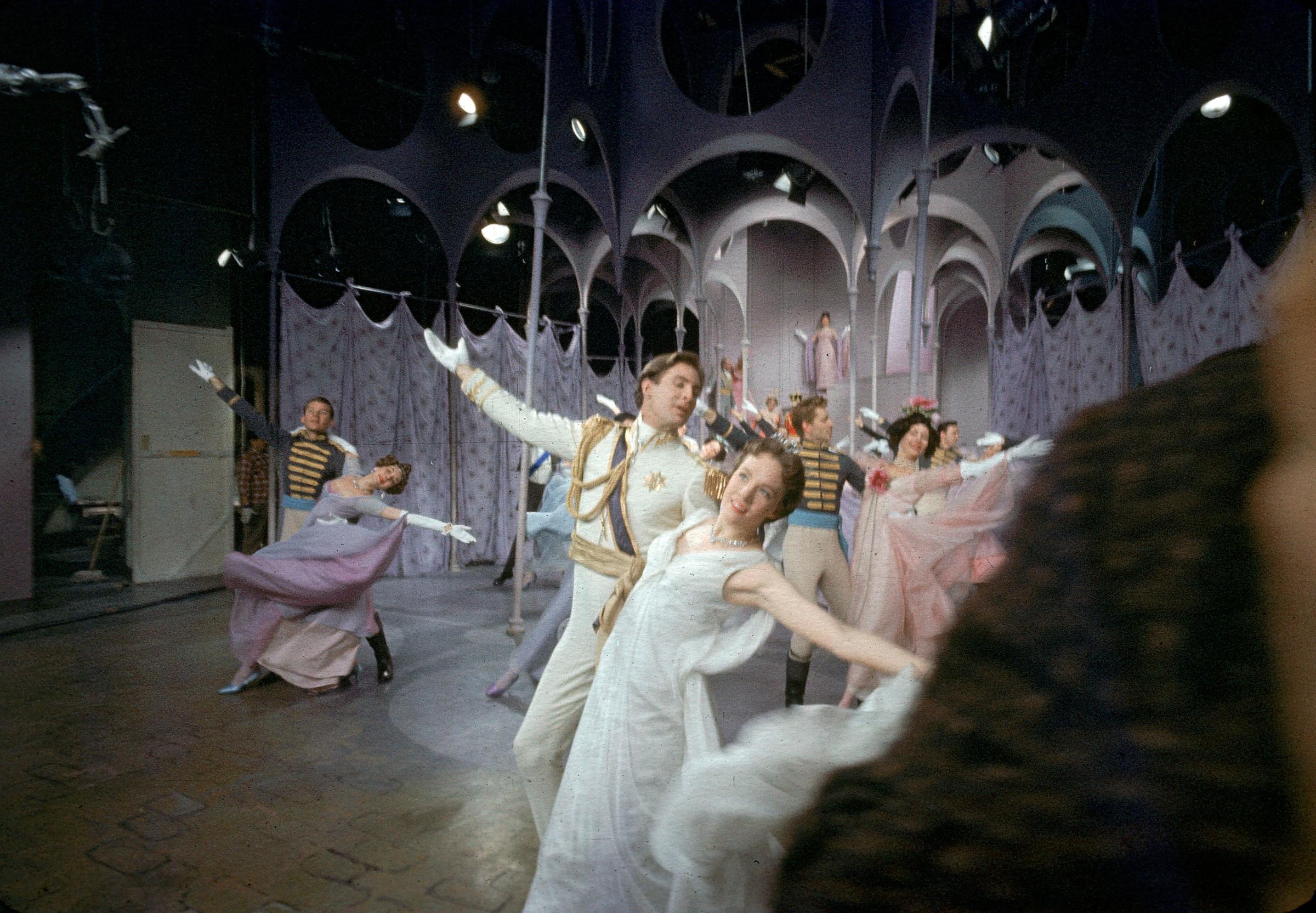
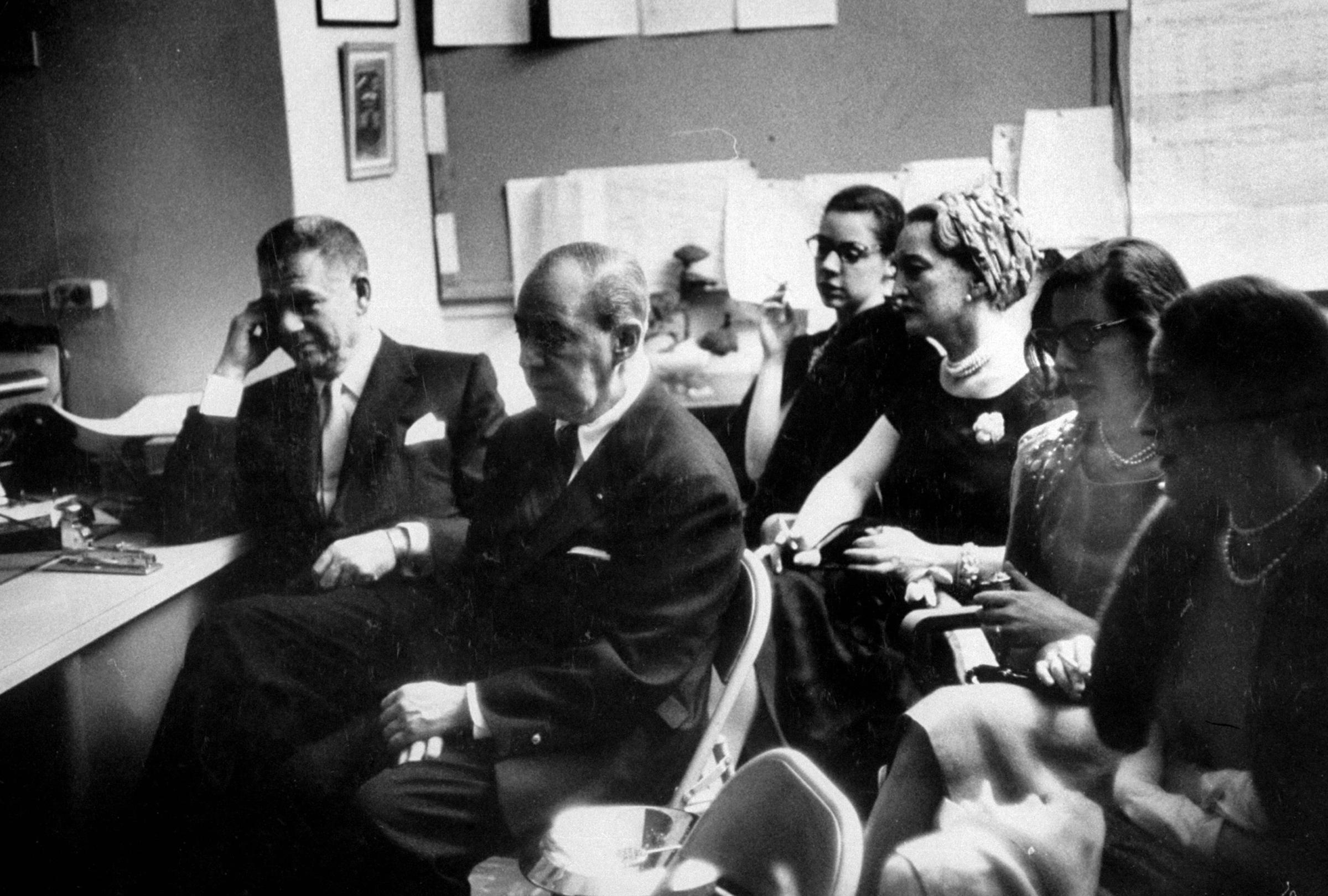
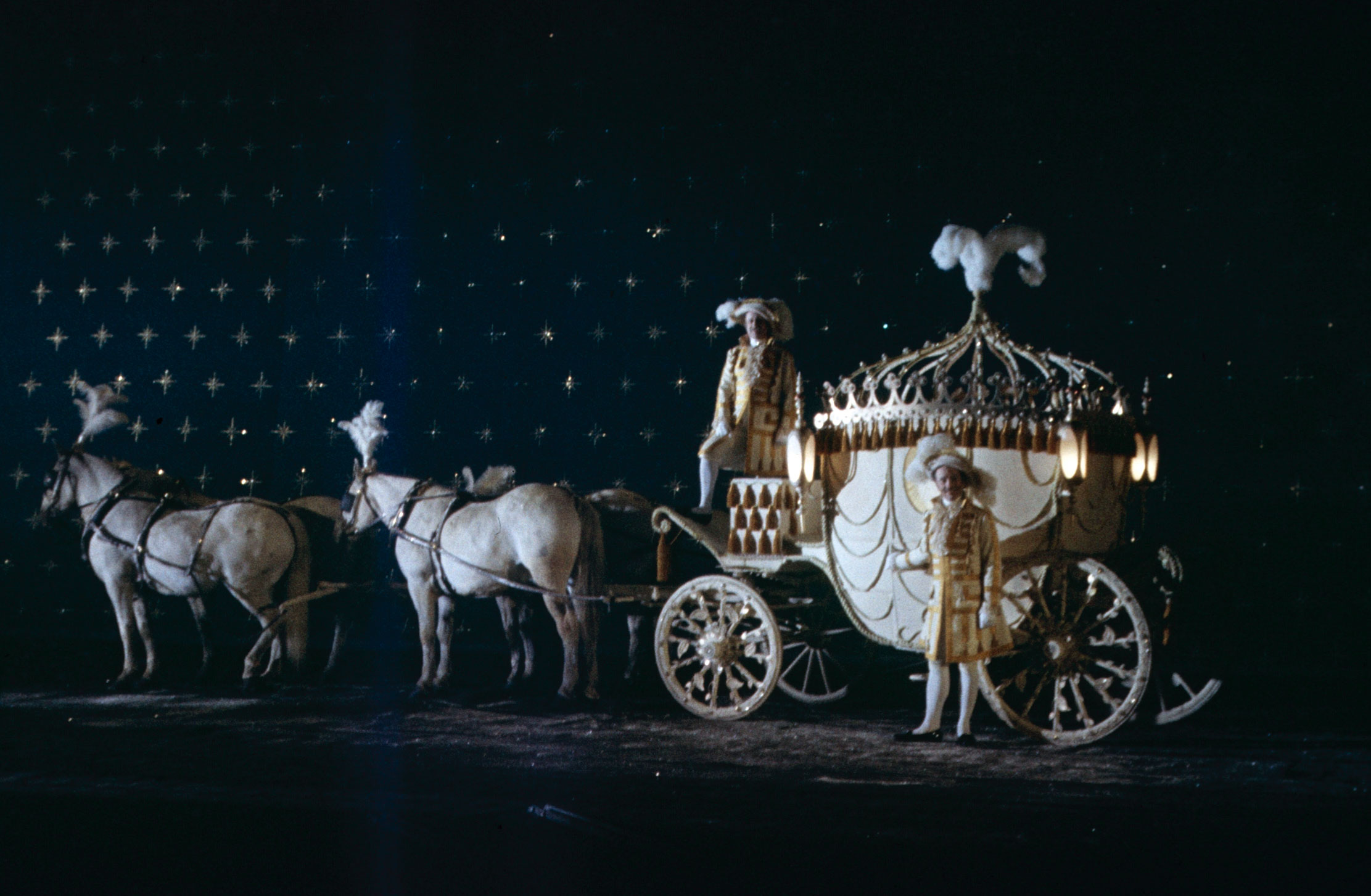
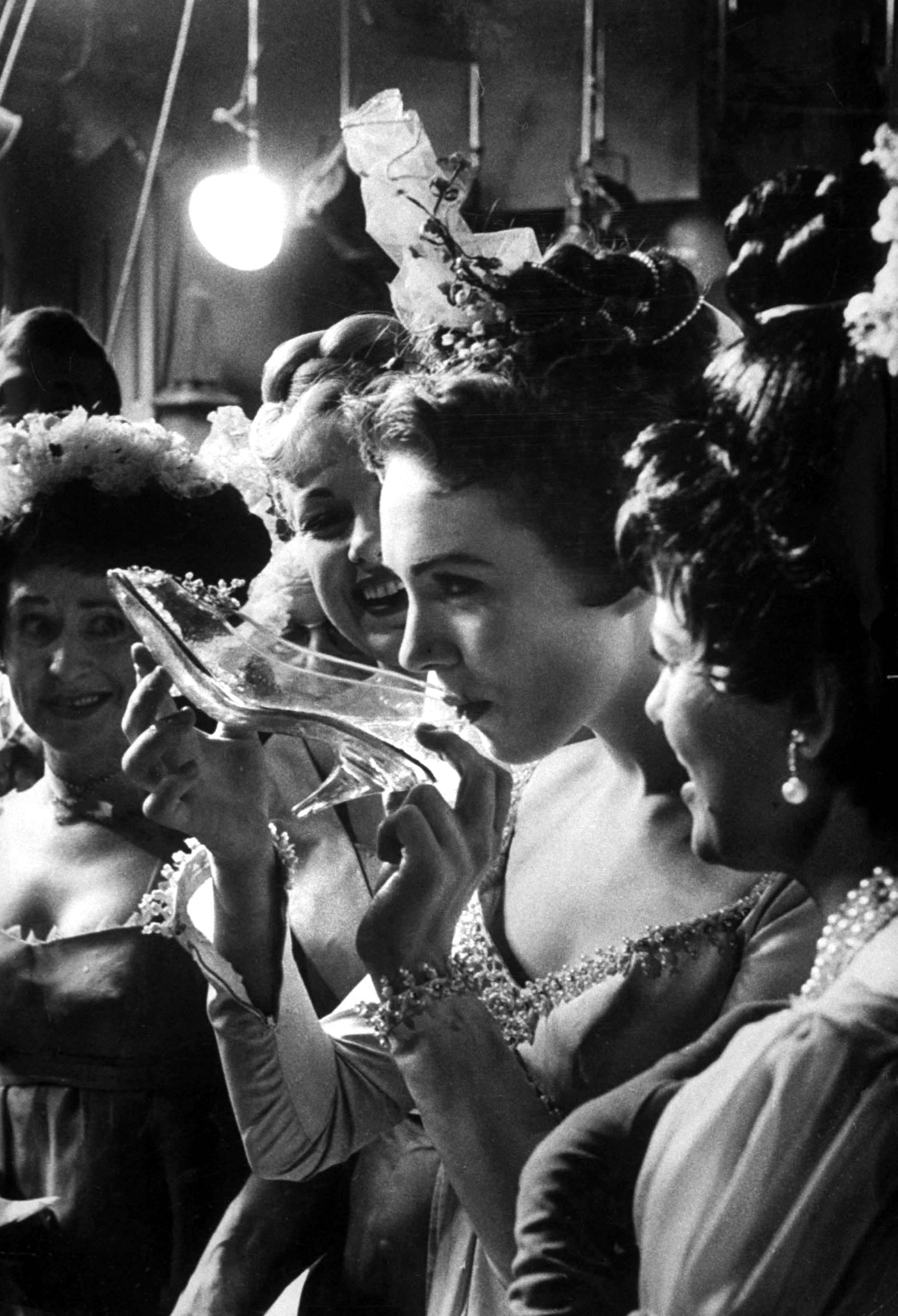
More Must-Reads From TIME
- The 100 Most Influential People of 2024
- The Revolution of Yulia Navalnaya
- 6 Compliments That Land Every Time
- Stop Looking for Your Forever Home
- If You're Dating Right Now , You're Brave: Column
- The AI That Could Heal a Divided Internet
- Fallout Is a Brilliant Model for the Future of Video Game Adaptations
- Want Weekly Recs on What to Watch, Read, and More? Sign Up for Worth Your Time
Write to Eliza Berman at eliza.berman@time.com